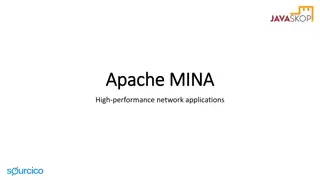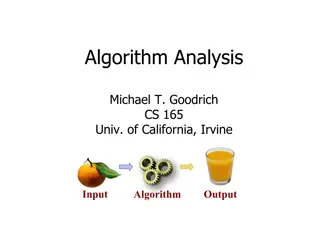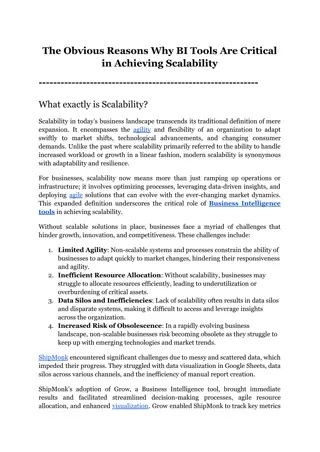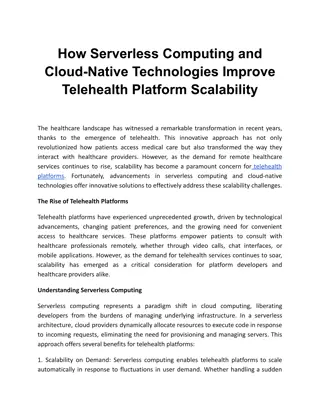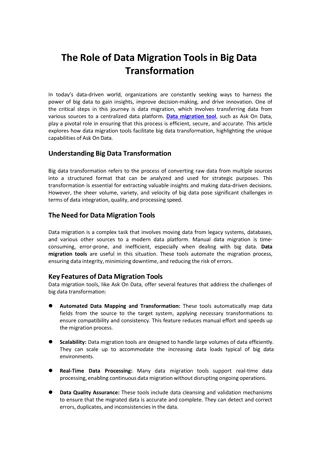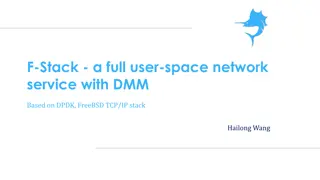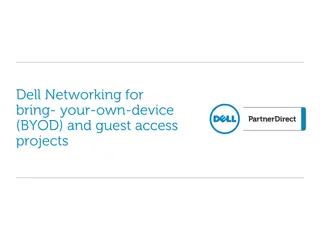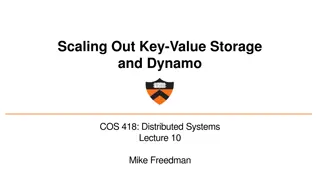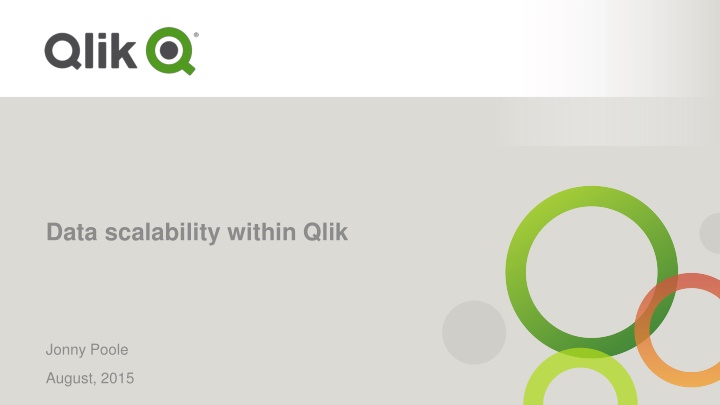
Data Scalability Techniques in Qlik
Discover how Qlik utilizes in-memory approaches, symbol tables, and efficient RAM utilization to handle data scalability effectively, resulting in outstanding performance and reliable scalability for users.
Download Presentation

Please find below an Image/Link to download the presentation.
The content on the website is provided AS IS for your information and personal use only. It may not be sold, licensed, or shared on other websites without obtaining consent from the author. If you encounter any issues during the download, it is possible that the publisher has removed the file from their server.
You are allowed to download the files provided on this website for personal or commercial use, subject to the condition that they are used lawfully. All files are the property of their respective owners.
The content on the website is provided AS IS for your information and personal use only. It may not be sold, licensed, or shared on other websites without obtaining consent from the author.
E N D
Presentation Transcript
Data scalability within Qlik Jonny Poole August, 2015
Qlik In-Memory approach Loads compressed data into memory Uses an accelerated compression algorithm Enables associative search and analysis Supports 100 s millions to billions of rows of data In-Memory
To understand the secret sauce its important to understand how Qlik handles data. Qlik s stores each unique data value once. Product Names, Customer Names, Dates , Revenue amounts etc Once the variety of unique values are understood, the need for more RAM drops dramatically This results in a very attractive scalability curve. Surprising ? How is that possible ? = secret sauce
The Storage Model Symbol Tables For each unique field in the associative database, Qlik creates a 2 column table call a Symbol table. The symbol table contains 1 record for each unique value loaded through the ETL process. One column stores the unique value and the other column stores a symbol value. The symbol is a bit stuffed pointer reference: Symbol Tables and Bit Stuffed Pointers and Data Tables While creating the symbol tables Qlik also recreates the actual tables, using the symbol values in lieu
The Effect on RAM of adding more data At greater volume, the majority of unique value tables are saturated. As each Symbol table saturates, the demand for more RAM reaches inflection points and requirements taper Saturation of Dimensional Data tables also occurs, and minimal growth is experienced High Growth Tapering Growth Minimal Growth 5 years = 1825 records 10,000 unique product names 50,000 unique Customer names 10,000,000 unique transactions
As data volumes grow from from 100M to 200M records, only a fraction more RAM is required (ex: 20.6GB to 21.8GB). Source: Qlik Sense Scalability Data Sheet 1.5x data = 3.9% RAM footprint increase 2x data = 5.8% RAM footprint increase
So what is the secret sauce ? -> A storage model that results in an accelerating compression model -> A scalability curve that levels down with more data outstanding performance + reliable scalability = a hit product



